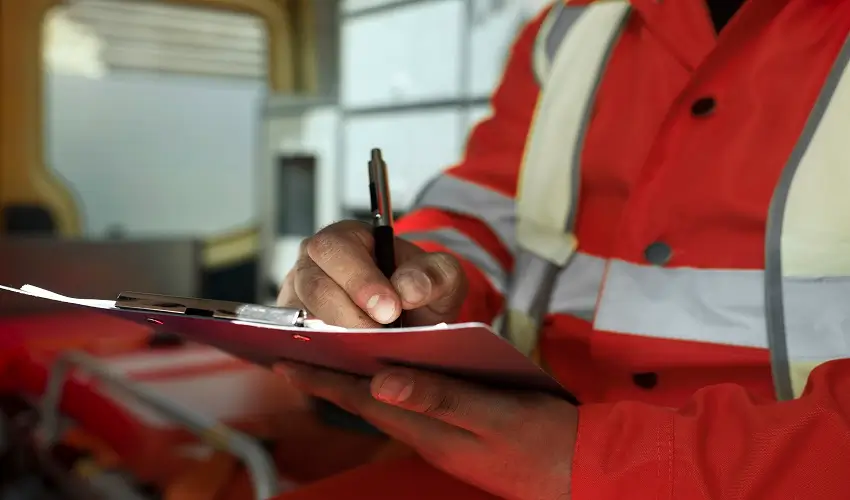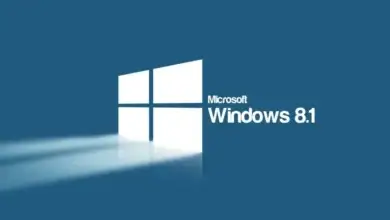
Fire Damage Inspection: Things Every Homeowner Must Know
The fire may turn your home into noticeable destruction and unseen fears. A man never estimates the devastation caused by fire damage. After the flames are snuffed, a fire damage inspection becomes an imperative step toward the safe recovery. Moreover, qualified professionals assess more than just burnt walls, and they uncover hidden soot, contaminated systems, damage, and more.
Despite this, reliable fire damage assessment services help you navigate insurance claims and restore your home with confidence. Therefore, this blog explains you’ll learn what this inspection involves and why it’s necessary. Also, it explains how to make the most of it without the fuzz
What Is a Fire Damage Inspection?
A fire damage inspection is a professional, in-depth examination of your property to find the signs and effects of fire incidents. For this reason, inspectors and professionals observe both hidden and visible damage.
They examine everything in-depth, from charred beams to smoke residue in ventilation shafts, to understanding everything from roots. Furthermore, they inspect the electrical & plumbing systems, as well as any water damage that may occur during the extinguishing process.
Despite this, they document contamination, such as ash, soot, and chemical residues left from firefighting. Additionally, certified staff conduct site observations to identify hazardous materials and estimate the required cleanup.
Why Do You Need an Inspection for Fire Damage?
Multiple concerns make it essential for us and every homeowner.
Safety is Important
The inspection is mandatory for the safety of house members, which cannot be compromised. The fire weakens load-bearing elements and melts wiring, while unseen structural damage poses a risk of collapse. Apart from that, the presence of smoke residues and water saturation creates slippery conditions and hidden hazards. Thus, the inspection ensures your safety against any possible harm.
Protect Your Family’s Health
A flammable house and living space have soot and smoke that contain carcinogens. Additionally, the use of water to extinguish the fire creates moisture, which in turn promotes the growth of mold. Without inspection, these dangers go unchecked and could lead to a major mishap in the future as well.
Insurance & Legal Requirements
Insurers require detailed inspection reports to validate claims. This report is also important to submit to the municipal codes, which often require certified inspections before rebuilding or occupancy.
Plan an Effective Restoration
Inspectors create a roadmap that highlights what needs to be removed, restored, or rebuilt. Thus, the homeowners who skip a full inspection can risk safety, coverage, and restoration quality.
The Process Of Damage Inspection After a Fire Incident
An inspection by certified professionals includes the following services:
- Initial Safety Observation: The professionals inspect for hotspots, unsafe debris, standing water, or compromised support structures.
- Documentation: They capture damage via photos, videos, and detailed notes—essential for both claims and restoration plans.
- Structural Evaluation: They test beams, walls, roof, and foundation: note charring, warping, or sagging structural components.
- Smoke, Soot & Odor Assessment: Use air quality testing or thermal cameras to detect residues inside walls or HVAC. These contaminants can linger silently without proper treatment.
- Water & Mold Inspection: Professionals check for moisture left from suppression. Furthermore, they use moisture meters to identify potential mold threats that may arise after a fire.
- Electrical & Plumbing Checks: Inspectors examine wiring, fuse boxes, pipes, and more. Additionally, exposure to heat and water can often damage critical electronic systems.
- Contents Evaluation: Experts provide an evaluation report in which they decide what’s salvageable (with cleaning) or should be replaced. Besides, they can compile an inventory to support insurance claims for you.
- Final Report & Cost Estimate: You receive a clear, detailed report outlining damage, restoration steps, and cost estimates.
This inspection guides your insurance adjustment and restoration team toward a safer, quicker recovery. Despite this, you can plan more wisely in the restoration process to follow steps that help you save from future incidents.
Perks of Hiring Professionals
- Expertise & Certification: CFST/CFSC certified professionals understand codes, environmental hazards, and fire science, so they can guide you better.
- Advanced Tools: The professionals are equipped with the latest tools like infrared cameras, air monitors, and moisture meters, which all uncover issues behind walls.
- Informed Financial Planning: You get accurate cost estimates and prioritized action plans.
- Health & Environmental Safety: Removing soot and VOCs ensures breathable air. It also helps ensure the availability of clean air, especially for individuals with asthma or other respiratory diseases.
- Regulatory Compliance: This inspection report meets insurance and municipal standards.
Thus, Adaptive Environmental Consultants conducts thorough assessments, including evaluations of cleanable and non-cleanable items, and develops precise work scopes for contractors.
Practical Tips for Homeowners
Here are some tips that become beneficial for homeowners to recover the loss without any difficulty.
- You contact a certified inspector immediately after firefighters clear the scene to prevent secondary damage. Do not wait too long to obtain the inspection and assessment services.
- Homeowners must take time-stamped photos and video before professionals arrive. Your record supports claims and differentiates pre-existing vs fire-caused damage.
- Must ensure that your inspector holds a valid CFST/CFSC certification for authentication and to prevent any fraud.
- Share inspection findings with your insurer and contractor early to ensure a smooth recovery.
- A homeowner must consider all recommended odor remediation, structural replacements, or system repairs before reentering their home.
Common Mistakes That Must Be Avoided
Sometimes homeowners take missteps that cause problems for them. However, if they can avoid these mistakes, they can recover from them easily.
- DIY estimates often overlook hidden dangers, leading to increased risk and potential loss.
- Always hire certified professionals because a lack of proper accreditation can result in costly mistakes.
- Smoke residue remains, and without testing, you risk long-term odor or health issues even after cleanup.
How to Select the Right Assessment Service?
- Choose firms offering full inspections, structural, smoke, electrical, HVAC, water, and mold.
- Always look for credentials accreditation for authentication.
- Emergencies demand urgent attention; prioritize companies offering 24/7 support.
- Especially useful if the fire used chemicals or harmful agents.
- Obtain detailed reports with pictures, findings, and remediation plans.
ACC ENV, for example, emphasizes emergency response, hazardous material assessment, and environmental consulting.
The Crux of Discussion
The above write-up demonstrates that a thorough inspection following fire damage is more than just paperwork; it’s the essential first step toward safeguarding your home, health, and finances. Many people consider the fire damage inspection to be a useless step, and they just focus on the renovation that they can see.
However, the inspection report helps uncover hidden risks and ensures legal compliance. It also assists in hassle-free insurance claims and guides restoration back to pre-fire standards. Therefore, if your living space and home recently experienced fire or smoke damage, don’t wait. Contact certified professionals offering reliable fire damage assessment services.
It’s the most responsible way to begin rebuilding safely and confidently. You can contact “ACC ENV” to get the inspection and assessment services for fire damage incidents.



